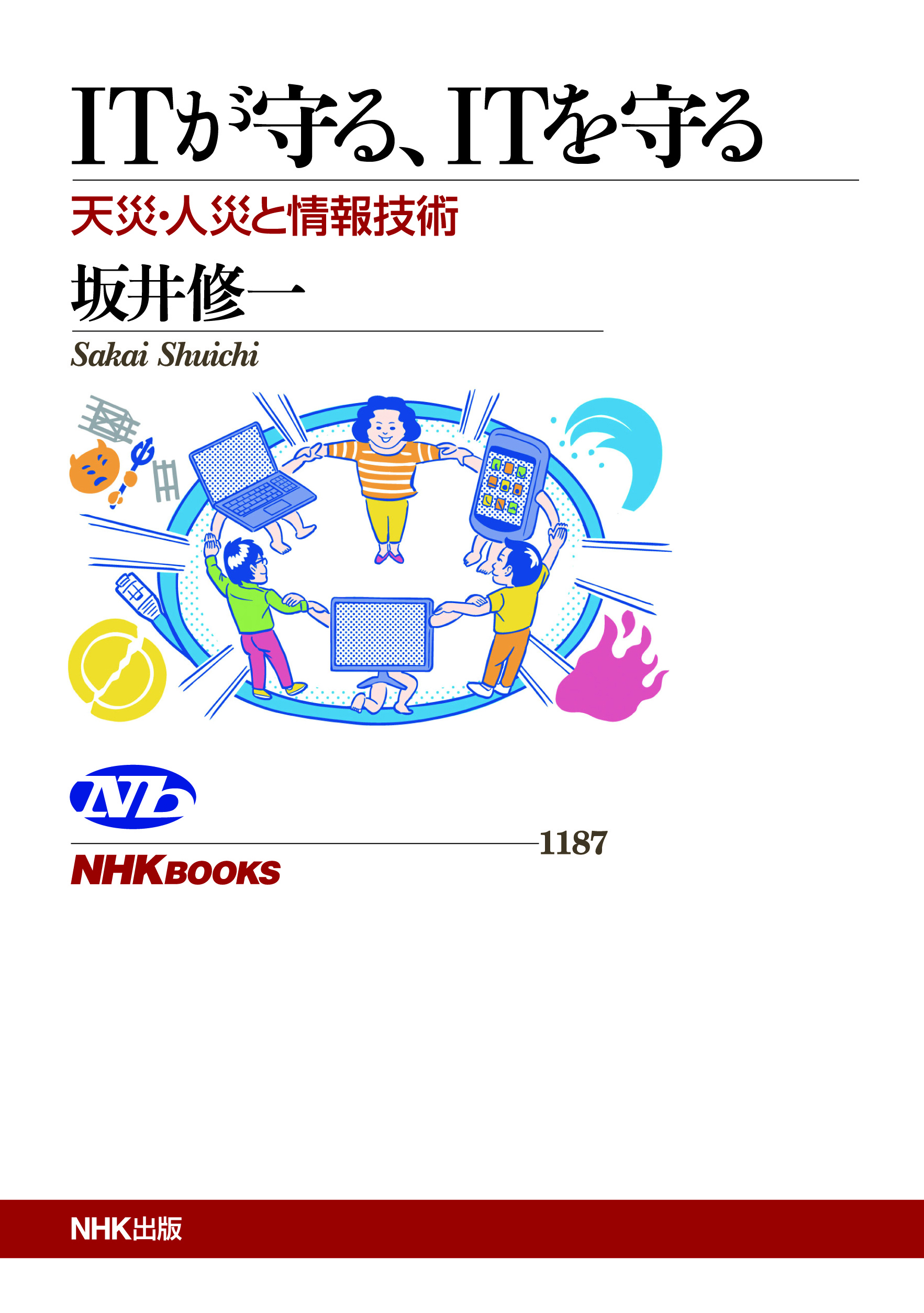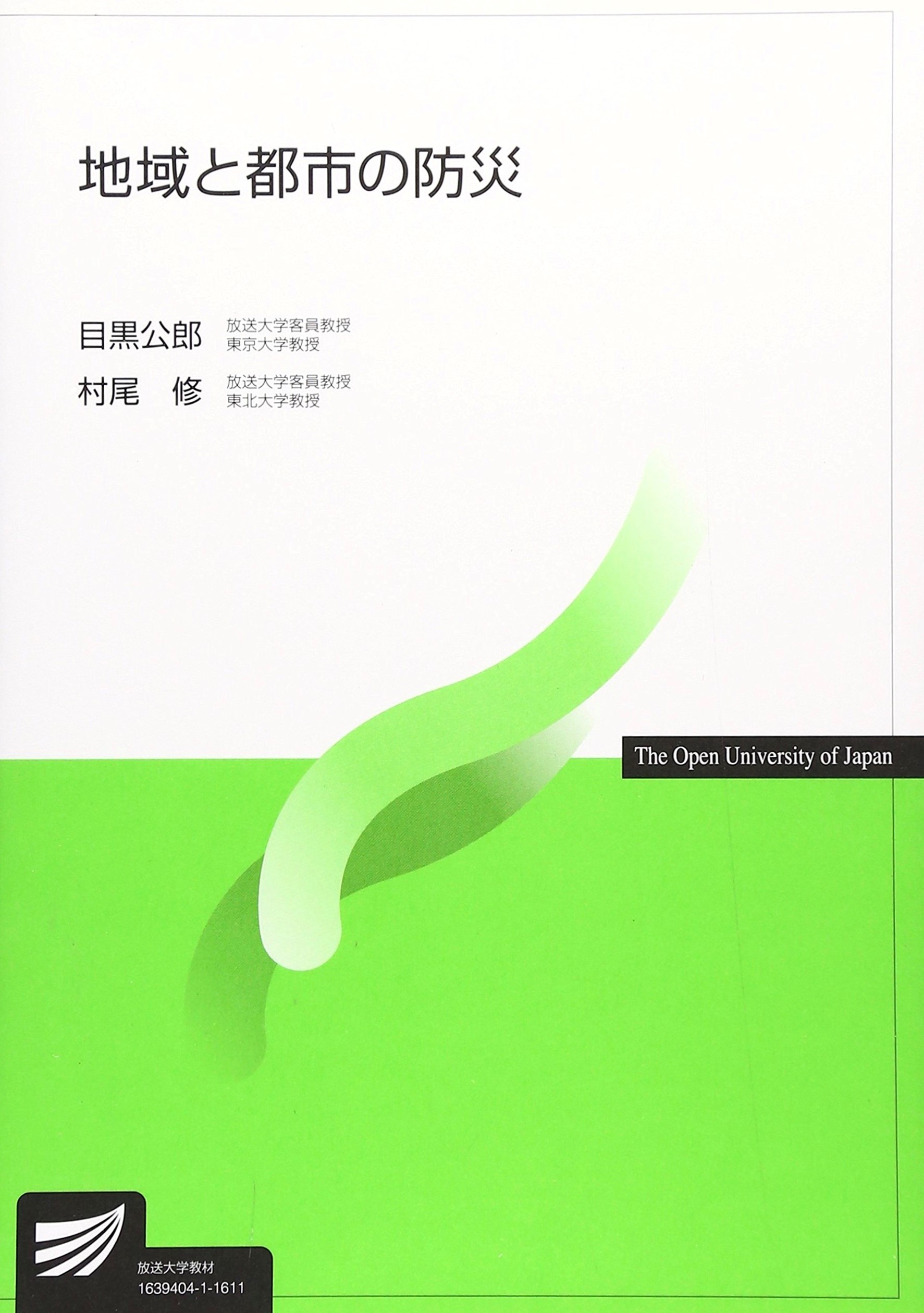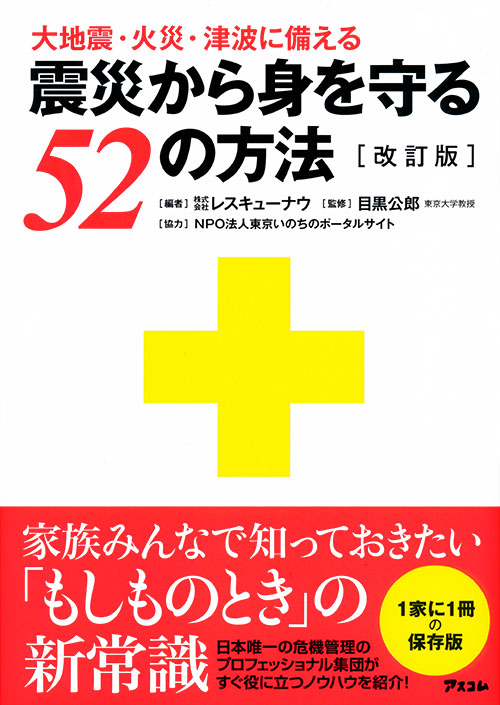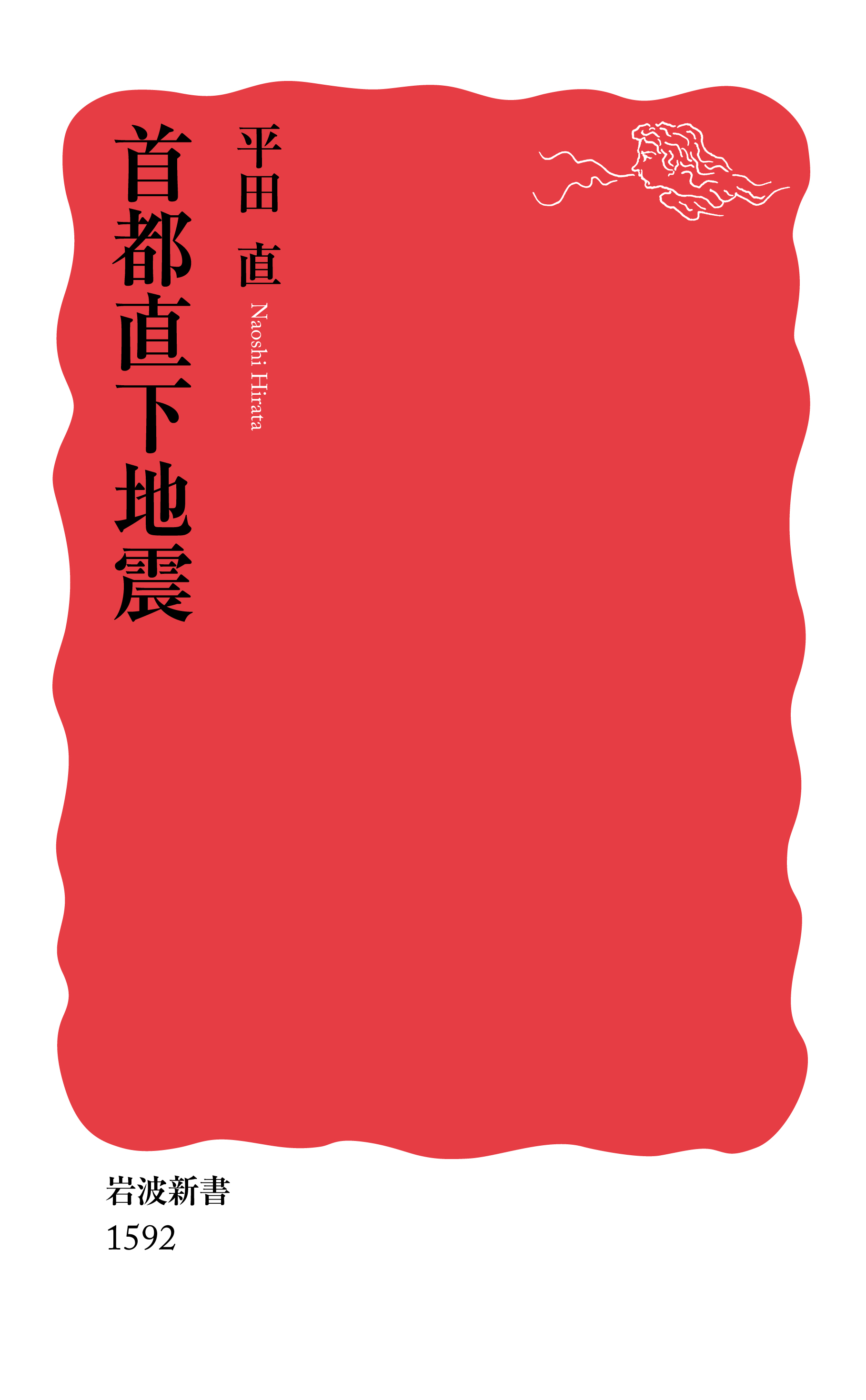
Title
NHK Books No.1187 IT ga Mamoru, IT wo Mamoru (Protected by IT, Protecting IT - Natural/Man-Made Disasters and Information Technology)
Size
240 pages, B6 format
Language
Japanese
Released
February 28, 2012
ISBN
978-4-14-091187-7
Published by
NHK Publishing, Inc.
Book Info
See Book Availability at Library
Japanese Page
The subject of this book is how to realize a truly happy IT society for mankind. How can a future vision of IT be used to build a safe and secure society? The author, an information engineer and Japanese poet, explores this concept from the viewpoint of both the system and human mind and presents recommendations.
Various IT problems became particularly apparent after the Great East Japan Earthquake and the accompanying accident at the nuclear power plant. How did each information system, such as government, business, mass media, and social media, function in an unprecedented emergency? While verifying each vulnerability and flexibility from a technical aspect, the author also discusses classics that have been used to convey past earthquake disasters and explain the importance of the emotional expression of “information.”
The author will first touch on his own experience of the earthquake, examine the current state of IT as a lifeline, how IT contributes to human safety and security, and how the safety and reliability of IT itself can be ensured, which, he notes, is of paramount importance. In addition, the author reports on major earthquakes that have appeared in classical and modern literature, such as Kamo no Choumei and Torahiko Terada. Here, the author states as follows: State of mind and emotions should also be regarded as information; people should remember “The more civilization progresses, the greater the violence of nature’s wrath” (Torahiko Terada); knowledge derived from video and audio is limited by the transmission in which the information is shown.
This book further discusses how IT functions in an emergency in the real world: through earthquake detection systems, tsunami warnings, conventional media such as TV, newspapers, weekly magazines, telephones, and social media. It discusses the pros and cons of “best effort” methods in the world. Next, it discusses the nuclear accident and the issue of information disclosure. Here, the author notes the importance of disclosing information about an accident that has a high probability, as it is dangerous to conceal such information; information should be available and completely clear.
Next, it examines how Mizuho Bank's system crashed because of excessive access to the donation account, and discusses the importance of the role of CIOs and the fact that even simple tasks can cause accidents, citing “Tsurezure-Gusa.” In addition, the author investigates hoaxes and phishing during and after the earthquake and presents measures that can be taken to prevent people from becoming victims of hoaxes and phishing. Finally, based on his experiences from visits to disaster areas, the author examines what type of IT makes people happy, and proposes how IT can support one’s emotional and physical life, as well as property, by considering what information should be communicated. This book concludes with an emphasis on the fact that people are entering an era of building the future with a “best design, best recovery” approach, which is typically observed in the IT world.
(Written by SAKAI Shuichi, Professor, Graduate School of Information Science and Technology / 2019)
Table of Contents
1. Gigantic Earthquake written in Classics
2. How IT worked in an emergency
3. Nuclear accident and information disclosure
4. Reliability of IT Infrastructure ― System Down of Mizuho Bank
5. Hoaxes and Phishing at Emergency ― Information Security
6. Social Information and Personal Information ― Size and Individuality
Concluding Remarks: Toward Realization of a Happy IT Society
Related Info
Yomiuri Shimbun, Nikkei Shimbun
Awards:
The Okawa Publications Prize (2012)
http://www.okawa-foundation.or.jp/activities/publications_prize/list.html
http://www.okawa-foundation.or.jp/new/20130401.html



 Find a book
Find a book





